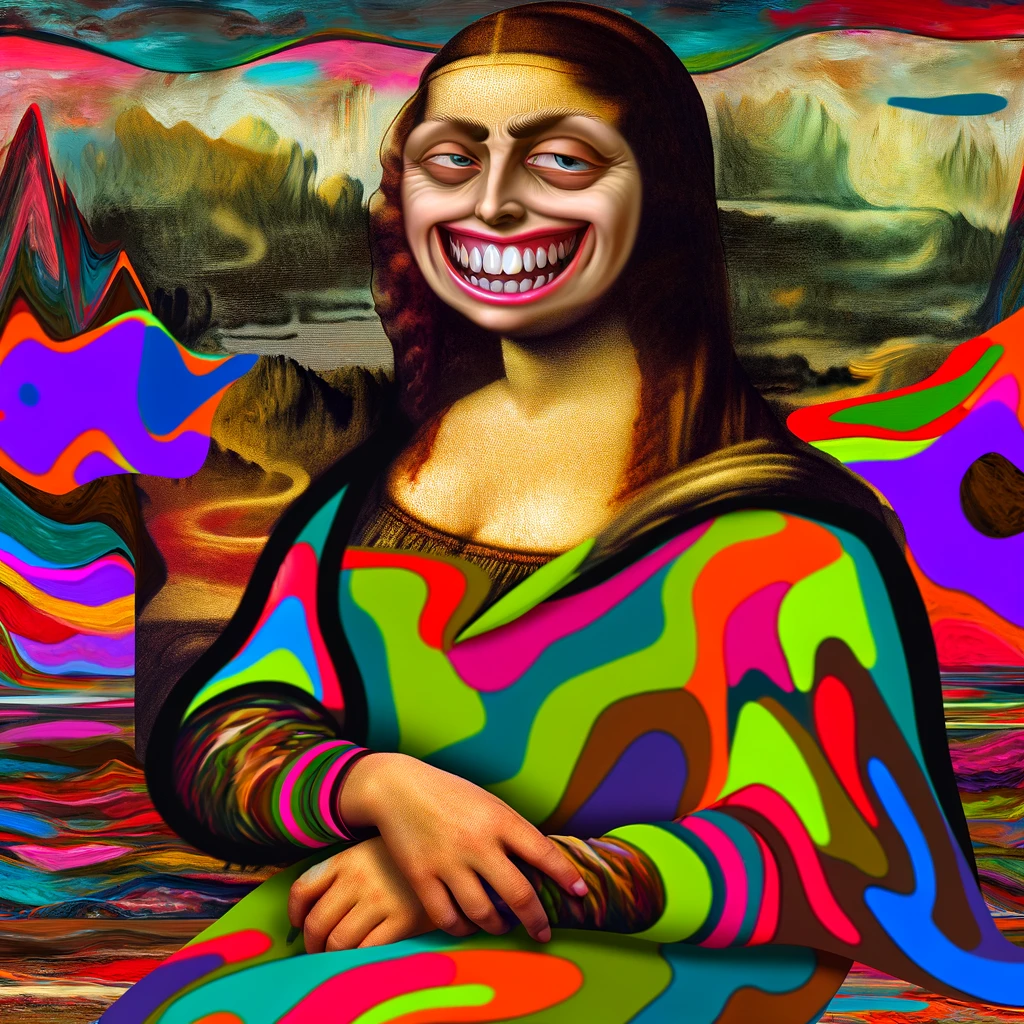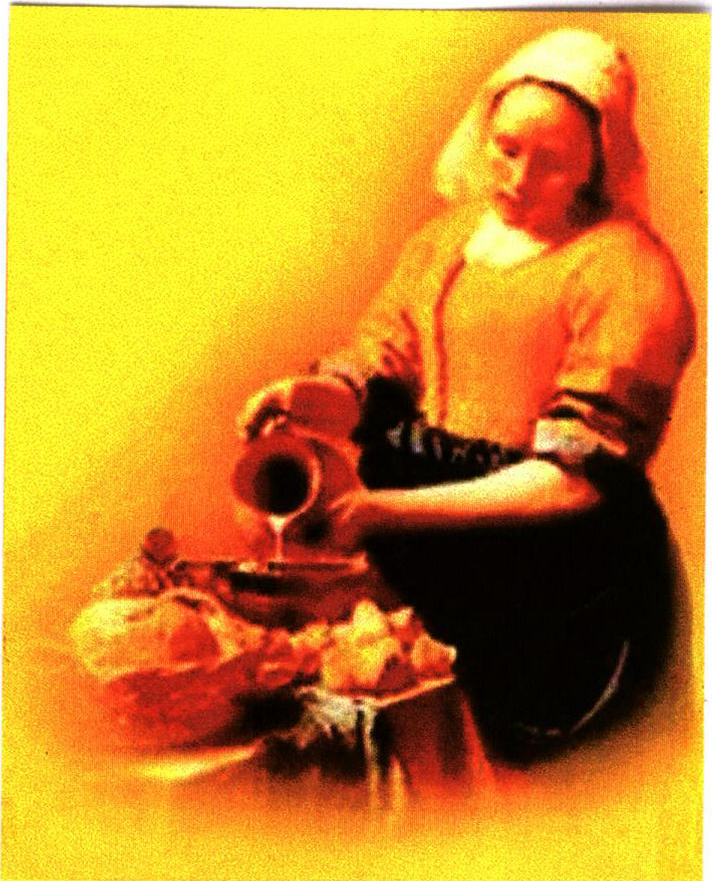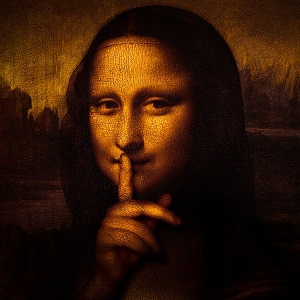Have you ever wondered if you can trademark a painting? Paintings, especially famous paintings, are often used to sell various products. If you go to any famous museum, you can be sure that their shop is full of tote bags, puzzles, postcards, games, and other products that show famous paintings and artwork that is on display at the museum. Registering the painting as a trademark would be a valuable asset and a competitive advantage. After all, who wouldn’t like to have exclusive rights to DaVinci’s Mona Lisa or Picasso’s Guernica, when used for merchandise?
Why try to register paintings as trademarks in the first place?
The most obvious reason is that trademark protection can last forever. Currently, copyright for paintings lasts 70 years after the artist’s death. Of course, that is still a long time, but truly famous paintings can have significant value far longer.
For example, DaVinci painted Mona Lisa in the early 16th century. Vincent Van Gogh painted his famous self-portrait and The Starry Night in the late 19th century. The copyright to both of these works has long lapsed, which means that they are in the public domain. The artist or their heirs cannot prevent the use of these artworks because they are no longer protected by copyright.
Here is where trademark registrations come into play. If you can register your artwork as a trademark, your rights to it will continue to be in force without any time limitations.
Another reason is that since trademarks are registered rights, it is very easy to establish ownership. With copyright, the artist must always be able to prove that he is the person behind the painting. Sometimes this can be difficult.
Consider Banksy. If he was to claim copyright in his works, he would have to reveal his identity and prove that he is the person behind the paintings. To counteract this, he has registered many of his works as a trademark in the name of his company, Pest Control Office Limited. If there is a dispute regarding the paintings, the company can deal with that. The ultimate beneficiaries or owners of the company do not have to be disclosed. Company directors can act on behalf of the company.
This would not work for copyright, even if the copyright was transferred to the company. In legal proceedings, the company would have to prove that it has been assigned the copyright by the artist, and thereby disclose the artist’s identity. It would not be enough for the company just to assert that they have the copyright.
Because trademark rights are created by registration, things are much simpler.
Paintings can be registered as trademarks, but…
Paintings are not categorically excluded from trademark protection. Generally, if you make a painting, there is nothing that prevents you from registering it as a trademark as well.
EU trademark 016223653
The question of registering paintings as trademarks is more difficult with respect to famous and old pieces of art, such as the Mona Lisa or the Vitruvian Man.
Recently, Nestle used Johannes Vermeer’s famous Milkmaid painting tin its La Latiere product line. Nestle also registered the artwork as a trademark
EU trademark 002998334
In 2022, a Mexican bank made trademark applications for many famous paintings of Frida Kahlo and Diego Rivera. The EUIPO rejected the applications for lack of distinctiveness. More specifically, the EUIPO stated that consumers are used to seeing artworks in a decorative role, rather than being indicators of origin.
Rejected EU trademark application
018646894
It seems that at least for famous paintings, it might be difficult to get trademark protection. This is understandable as these kinds of artworks should genuinely be in the public domain after the copyright protection has ended. To hold otherwise would be problematic. Imagine, for example, that a Chinese company registered the face of Mona Lisa for bags, postcards, notebooks, etc., and prevented the Louvre from selling these products in the museum gift shop. Even if the painting satisfies the distinctiveness threshold, registration could be refused on the basis that it is against public policy and principles of morality.
If the trademark consists of the modified version of the painting, the public policy argument does not apply. For example, the EUIPO has accepted registration for a modified image of the Mona Lisa, shown below:
Finally, some countries have made national legislation that prohibits the unauthorised commercial use of famous artworks that are part of their cultural heritage. In Italy, for example, a German company was ordered to stop selling a puzzle showing the image of DaVinci’s Vitruvian Man. The Vitruvian Man is displayed at Gallerie dell’Accademia in Venice, and according to the Italian court, the German company would’ve required the gallery’s consent as well as the payment of a license fee.
Conclusion
Protecting paintings with trademarks has significant benefits. For example, proof of ownership is easy, and there is no limitation as to how long the protection can last. On the other hand, trademark offices are understandably hesitant in accepting trademark registrations for famous paintings that no longer enjoy copyright protection.
As a policy matter, famous paintings should not be subject to trademark rights. If this was the case, a private company could register famous paintings as trademarks for example for clothing and postcards, and have exclusive rights to use those images.
Read also:
Can you trademark your face?
How to trademark an emoji?





